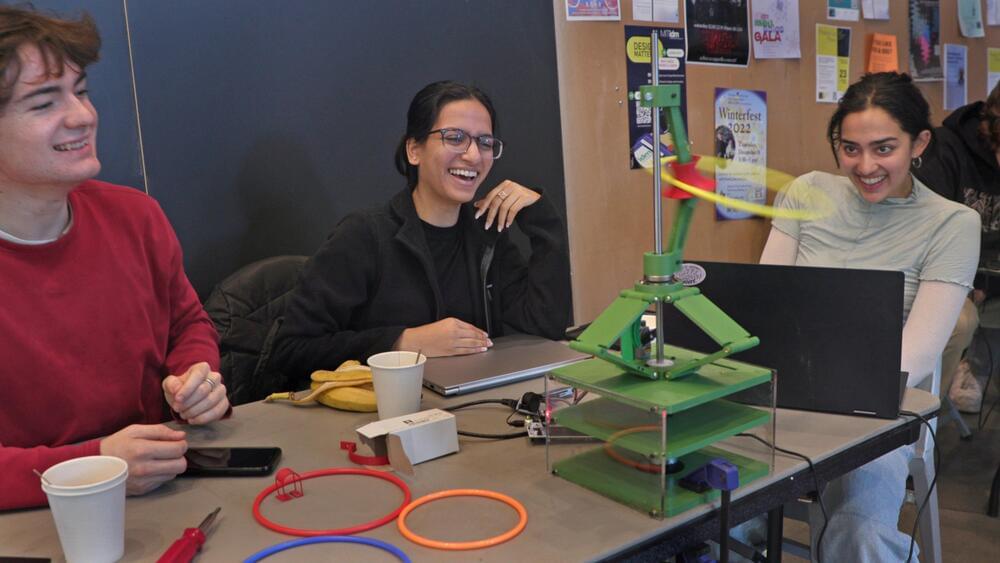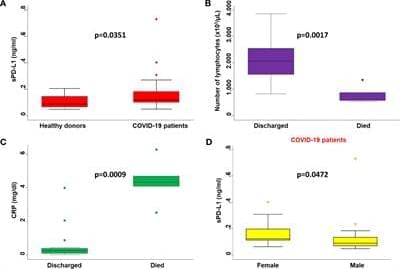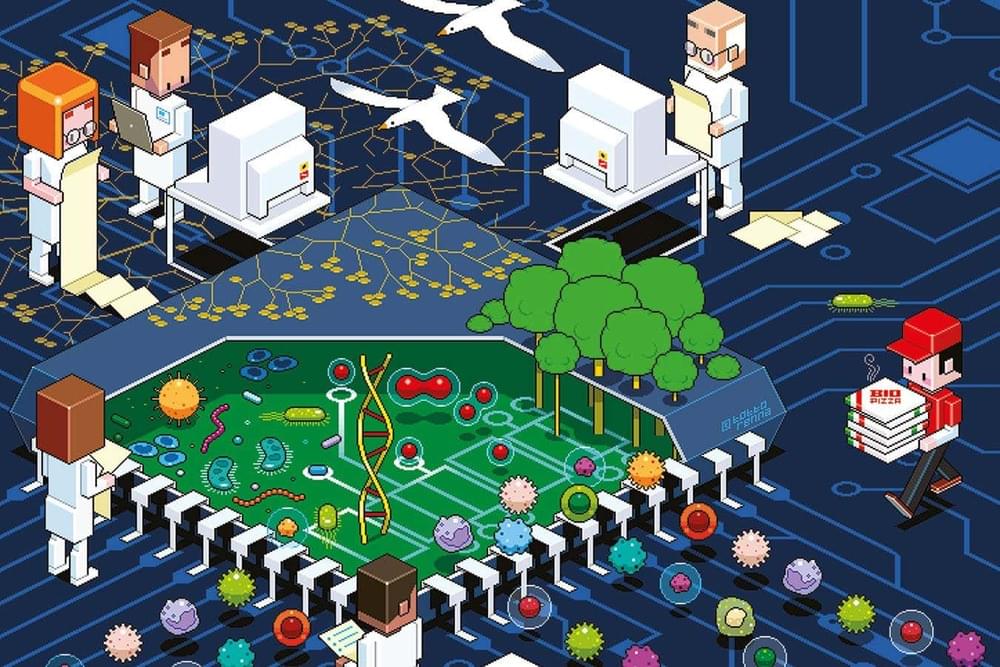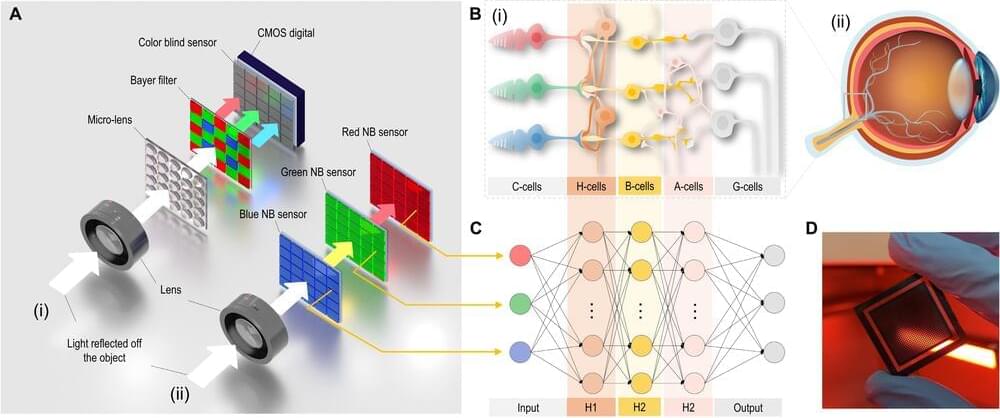Jun 9, 2023
Bioinspired robotics class offers intriguing surprises
Posted by Shubham Ghosh Roy in categories: biological, life extension, robotics/AI
Enter Kim’s class, 2.74 (Bio-Inspired Robotics).
According to Kim, researchers need to understand this cognitive bias, this tendency toward anthropomorphism, in order to even begin developing robots that can help humans with their physical movements. While Kim’s research interest is in building robots that could help people, such as the elderly in an aging population with fewer young people to perform services, such advancement is not even possible without understanding biology, biomechanics, and how much we don’t understand about our own everyday movements.
“One big thing students should learn in this class is not necessarily to understand how we move our body but the fact that we don’t understand how we move,” Kim says. “One of our ultimate goals in robotics is to develop robots that help elderly people by mimicking how we use our arms and legs, but if you don’t realize how little we know about how we move, we cannot even start tackling this problem.”


















